Some types of grass seed are explicitly marketed as “self-spreading” or “self-repairing” because they naturally spread on their own, either by stolons or rhizomes. The fundamentals of both of these systems are very similar. The root/stem system of the grass extends across or underneath the ground and then establishes a new grass plant with its own spreading root or shoot system. But what exactly are they, and how are Rhizome grass and stolon grass distinct from one another? Continue reading to find out!
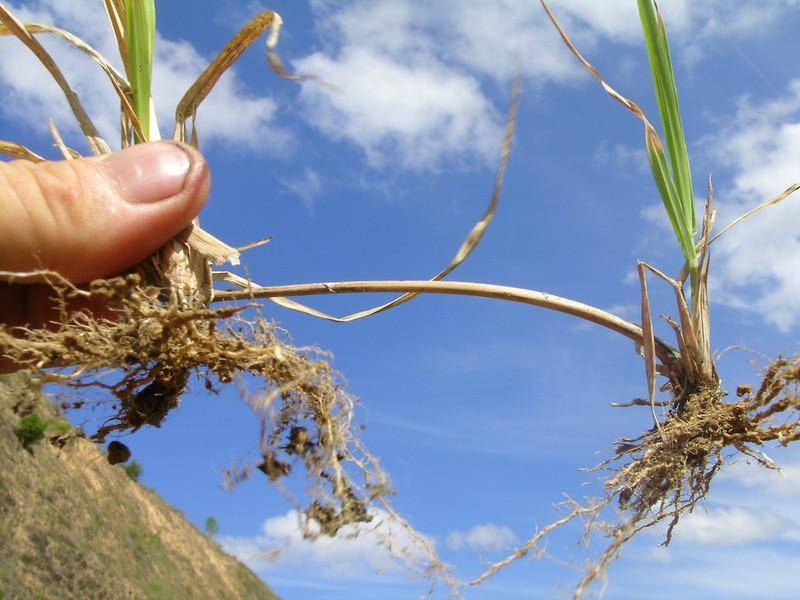
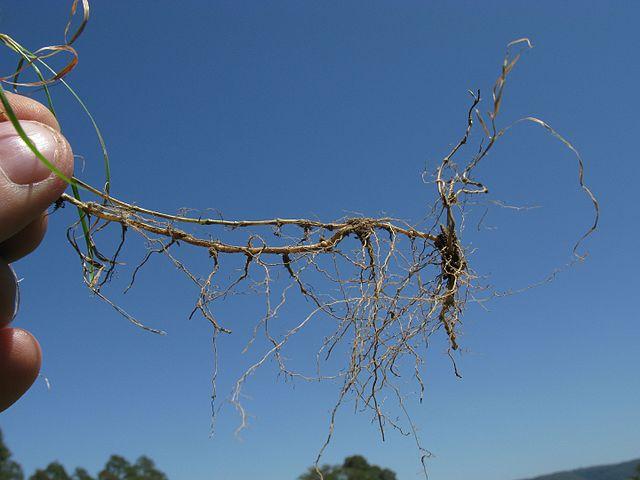
Left – A stolon is an above-ground stem that creeps across the soil’s surface and gives rise to new plants.
Right – Rhizomes are underground stems that both send up stems and strike new roots into the ground.
Those unfamiliar with grass rhizomes and stolons may be confused by how the grass on your lawn grows and spreads. However, it is no magic! All you have to do is just look at it a bit more closely, and you will see that there isn’t really any surprise. It is just one of the countless natural miracles that are taking place right before our eyes.
Understanding what a rhizome and stolon are is essential for understanding how creeping grasses grow, expand, and rebound from wear damage. This knowledge can also be helpful in making a decision regarding the type of grass to choose for a future lawn project and the most effective approach to care for your lawn.
1. Rhizome Grasses
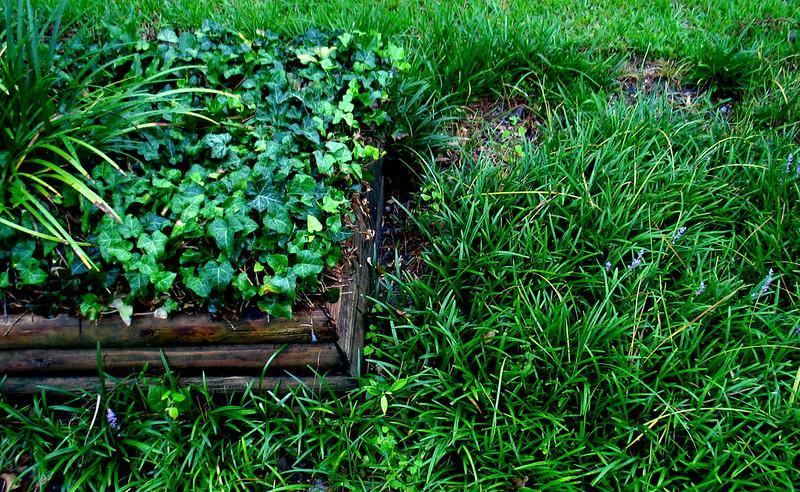
Bermuda grass is a low-growing, wiry perennial that has both rhizomes and stolons.
Rhizomes are modified stems that extend beneath the ground horizontally, frequently just below the surface of the soil. Rhizomes are also referred to as “creeping root stalks.” Rhizomes not only send forth new roots that grow downward into the soil but also send out stems that grow upward and give rise to new grass plants. The term “rhizomatous grass” refers to a type of grass that is characterized by the production of numerous rhizomes. Bermuda grass and zoysia grass are both examples of rhizome grasses.
A Bit More About Rhizomes
When the production of sugars from leaves is greater than the demand for the development and growth of new leaves, certain species of grass develop rhizomes.
Grasses that grow laterally via rhizomes are frequently labeled as invasive. It is because rhizomes, due to their underground location, are partly protected from being trampled by livestock and may act as storage tissue for the vegetative proliferation of plants.
Rhizomes can grow on both warm- and cool-season grasses and be either determinate or indeterminate. Determinate rhizomes are short and ascend to produce a new apical shoot. In contrast, a rhizome might be indeterminate if it spreads to a greater distance, splits at the nodes, and is thus more invasive.
Other than determinate and indeterminate rhizomes, there are also sterile rhizomes that do not give rise to any new roots or shoots.
RELATED: How To Remove Grass From A Yard To Start A New Garden? A Comprehensive Guide
2. Stolon Grasses
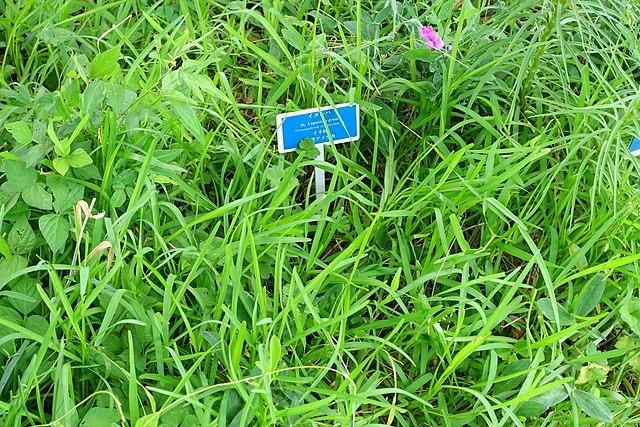
St. Augustine grass has a gritty texture and spreads by means of underground stems called stolons.
A stolon is an above-ground stem that crawls along the surface of the soil and eventually produces a clone of the parent plant by forming roots. After that, the clone plant will begin to grow its roots and become a fully functional, independent plant, and the process will repeat. Stoloniferous grass is a type of grass that is characterized by the ability to produce a large number of stolons. The Centipede grass, the St. Augustine grass, the Creeping Bentgrass, and the Buffalo grass are all grasses that are spread by stolons.
A Bit More About Stolons
A stolon is a segmented, lateral stem that primarily persists above ground and is made up of several nodes. Stolons are also sometimes referred to as grass runners.
Stolons, just like rhizomes, are another type of grass growth that arise from the crown zone of an adventitious grass bud. The segmented stem is covered in scales all the way along (these scales are, in fact, modified leaves).
Nodes are the origin of new roots and shoots.
The terminal bud that is nested in the apex of the stolon has the potential to grow upwards to generate a new shoot, or it can continue growing horizontally. The vast majority of stoloniferous grasses are classified as invasive species.
Stolons allow these grasses to spread quickly and take over the entire garden and flower beds.
RELATED: Grasses That Can Be Planted And Grown In Fall & Winter | Our Top Picks
3. Rhizome/Stolon Grasses Are Strong!
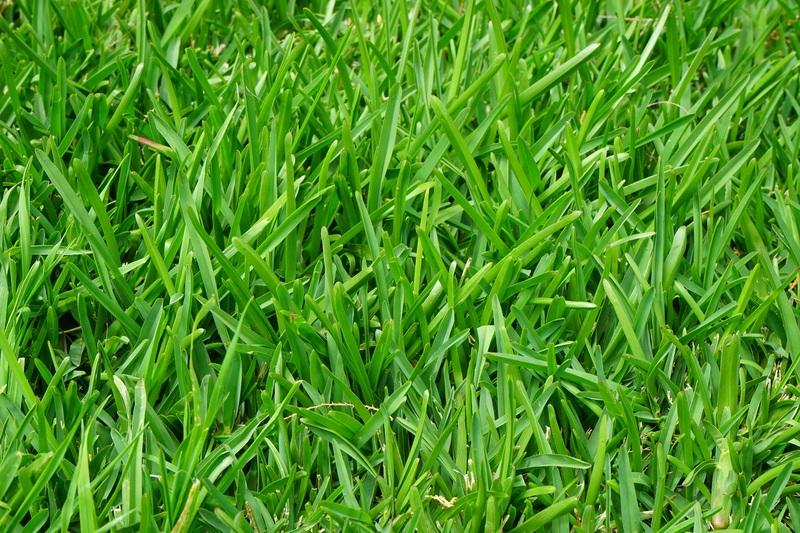
Stolon grasses are much more resilient to drought and wear and tear.
Rhizomes are developed by grasses with some of the most robust root systems. As the grass takes root, its root system will grow deep into the earth, making it ideally equipped to endure the terrible drought conditions that prevail throughout the summer.
However, a greater capacity for resiliency comes with a few drawbacks. For example, some grasses are regarded as weeds because they spread via stolons and rhizomes. They spread swiftly and take over any empty places and flower beds near the lawn.
4. Rhizome/Stolon Grasses Save Time!

Growing stolon grass means less time spent on lawn care and maintenance.
When a homeowner sees bald patches in his yard, he will need to take further steps to fill in the patchy grass in their yard or become an eyesore of the neighborhood. These efforts include overseeding, applying fertilizers, and watering the grass daily. However, they all cost money and take a significant amount of time.
This is where stolon and rhizome grasses come in. The robust rhizome and stolon networks of these grasses will make an effort to fill in bare patches on their own. After nine months, rhizome lawn grasses can reclaim up to 70 percent of bare ground. So, as a homeowner, you will have a lot less work to do to keep your grass looking great.
How To Control Rhizome & Stolon Grasses?
The ability of rhizome and stolon grasses to spread swiftly appeals to many homeowners. However, this can also be an issue if the grass is allowed to grow in regions where you do not want it to grow. The last thing you want is for your invasive turfgrass to start growing in your flower bed, on your driveway, or your patio.
However, over time their stolons and rhizomes will cause these grasses to expand wildly beyond the confines of the lawn and into other areas where they are not wanted. That is why it is critical to understand how to control the spread of rhizome and stolon grasses.
So, let’s go ahead and look at a few methods you can implement today in your yard to control the spread of stolon and rhizome grasses.
5. Install A Perimeter

The lawn perimeter establishes a clear and distinct boundary between flower beds and other lawn spaces
By installing lawn edging, you may prevent grass from growing in areas where it is not wanted. This will ensure that the turfgrass does not expand beyond the confines of its current location and into other places such as the driveway or the flowerbed.
Make sure the edges extend at least six inches into the soil to prevent the grass from spreading. There are many different kinds of lawn edging, such as those made of metal or plastic. As a safety measure, you should avoid utilizing a material that decomposes with time, such as wood, or even a material that can be penetrated, such as bricks.
In addition, you can create custom lawn edging out of brick or concrete to keep the grass contained within the limits of your yard.
RELATED: Bermuda Grass Vs. Fescue Grass | What’s The Difference & Which Is Best?
6. Replace The Lawn With Bunch Grass
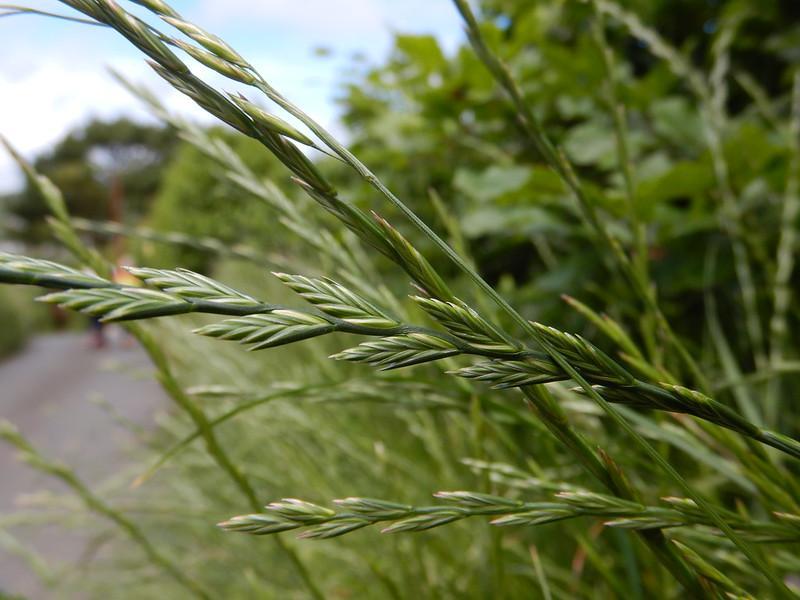
Perennial Ryegrass germinates faster than other common lawn grass and does not spread.
You can use a herbicide to rid your lawn of any existing rhizome or stolon grass if you want to permanently solve the problem of invasive grass growth in your yard.
After that, you can begin reseeding your entire lawn with a bunchgrass, removing the risk of unwelcome or invasive growth in the future.
Tall fescue and perennial Ryegrass are two examples of well-liked species of bunchgrass that you may consider planting on your lawn.
However, before you begin the process of reseeding, you should first replace the soil in your lawn with fresh, enriched garden soil. This is because it is quite possible that herbicides might have contaminated the existing soil in your yard.
7. Manually Removing Invasive Grass
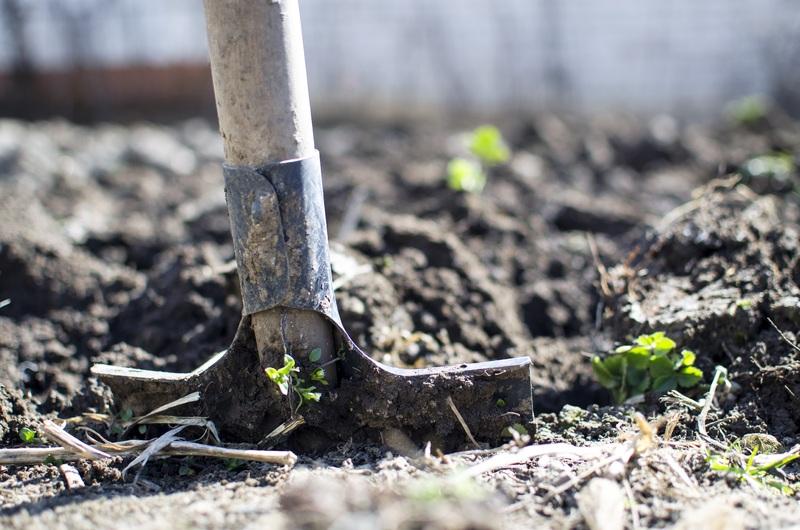
Manual weeding is another method that you can use to stop the spread of stolon and rhizome grasses.
Even though this can be physically taxing and time-consuming, particularly if there is excessive growth in your backyard, it is still one of the most effective and environmentally friendly ways to prevent the spread of grasses via stolons and rhizomes.
You can prevent the emergence of new shoots by digging up and removing the rhizomes located below the soil surface or by cutting the above-ground runners (stolons) that might be invading your flower beds or patios.
Types Of Rhizome Grasses
When picking what kind of grass to plant on your lawn or garden, you can choose from two categories of rhizome grasses. These categories are:
Determinate Rhizome Grasses
As they spread, these grasses are more likely to form scattered patches than dense mats. They are ideal for homeowners who have compacted yard soil since these grasses may spread even through it. Examples include Creeping red fescue and Kentucky bluegrass.
Indeterminate Rhizome Grasses
These will propagate over much further distances. Their rhizomes keep growing horizontally, and they won’t stop until they encounter an obstacle. They are also far more challenging to control and significantly more invasive than other grasses. Quack grass and Bermuda grass are examples of indeterminate rhizome grasses.
Best Rhizome/Stolon Grasses For Lawns
Here are a few examples of stolon grasses that do really well on home lawns.
Kentucky Bluegrass
Kentucky bluegrass is classified as a cool-season perennial lawn grass. Its growth decreases during the hot summer months.
Maintenance needs for Kentucky bluegrass range from moderate to extensive.
It’s possible that Kentucky bluegrass is the best option for you, given the conditions where you want to grow grass and the goals you have for maintaining your lawn.
Creeping Bentgrass
Creeping bentgrass is a specialty grass that grows best during the cool season. It is most commonly used for lawn bowling greens, putting greens on golf courses, and lawn tennis facilities. It is able to sustain very low mowing heights and has a beautiful green color, making it perfect for such sites.
On the other hand, the skill and price required to maintain this species usually exclude it as a viable home lawn grass option.
St. Augustine Grass
St. Augustine grass is a warm-season grass that spreads quickly and is used for lawns in warm climates in particular. Its durability and natural density add to its appeal. The bright, dark blue-green color of the St. Augustine turf is also very distinctive.
Aside from mild winter temperatures, it requires wet and somewhat fertile soils.
Bermuda Grass
Bermudagrass is highly prized for its excellent heat and drought resistance and potential to withhold intense use and quickly recover from it. Although seeded and sprigged bermudagrass cultivars are available, sprigged varieties often offer a yield advantage.
Bermuda grass thrives in locations with direct, full sunlight and good drainage.
Zoysia Grass
Zoysiagrass is a warm-season grass that thrives in hot areas. It is well-known for its resilience, as it can withstand extreme temperatures, dry conditions, high foot traffic, and a wide range of other challenges.
For homeowners in the transition zone, Zoysia deserves special consideration as it does particularly well in those climates as well.
Final Thoughts
The grass you choose for your yard will most likely be determined by the climate in which you live. Having stated that, you should look for a grass type that has a robust stolon and rhizome system while making your selection. This type of grass will fill up your lawn considerably faster, and while other lawns in your neighborhood begin to fade in summer or winter, your yard will remain green for much longer.
Frequently Asked Questions (FAQs)
What is a grass rhizome?
A rhizome is a segmented, subterranean grass stem that develops from an adventitious bud in the crown zone. After growing for a short distance below ground, rhizomes eventually push through the soil to the surface, where they give rise to new shoots.
What is the best way to spread grass?
Spreading grasses have a rapid growth rate and take root in many places to help them spread in the yard. This is a beneficial feature, as it will automatically fill up any empty spots on your lawn. Bluegrass and bentgrass are both cool-season spreading grasses.
How do I get rid of rhizomes on my lawn?
There are a variety of approaches one can take to eradicate rhizomes from a lawn. For example, you can spray glyphosate or halosulfuron on the rhizomes while they are still growing. However, if that window has passed, you can manually cut them or till your lawn.
How do you stop grass rhizomes from spreading?
Rhizomes can grow up to six inches or more below the surface. Therefore, you must place edging material at least eight inches deep into the soil to prevent rhizomes from spreading. You can also control the spread of rhizomes by pulling them up.
What is the fastest spreading grass?
If you’re wondering what type of grass grows the fastest, you might want to look at Bermuda grass. It can germinate in as little as ten days, making it the warm-season grass with the quickest growth rate.
Ryegrass, on the other hand, is possibly the fastest spreading cool-season grass.
Sources for Further Reading
Rhizomes and Stolons – Forage Information System, Oregon State University
Tillers, Rhizomes, and Stolons – Department of Crop and Soil Science, Oregon State University
Editor’s Recommendations
How To Remove Grass From A Yard To Start A New Garden? A Comprehensive Guide
How To Mow Tall Annoying Grass On Your Lawn? A Comprehensive Guide
How To Identify and Control Black Medic Weed In A Lawn | A Comprehensive Guide







